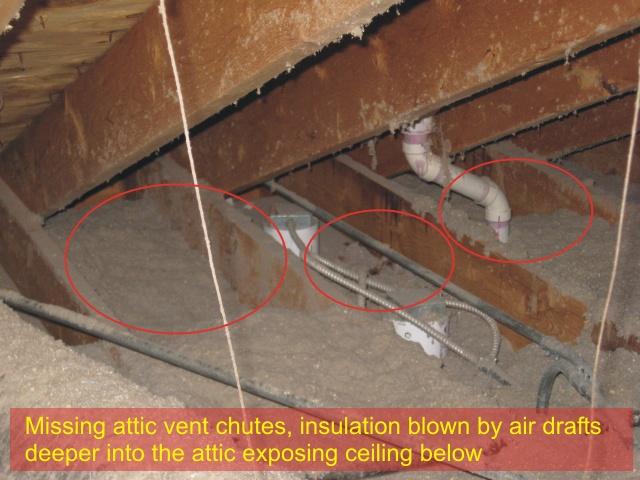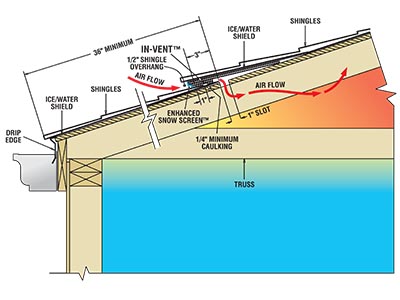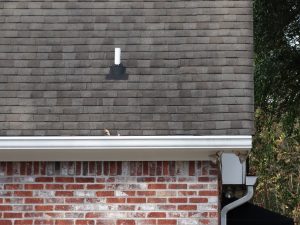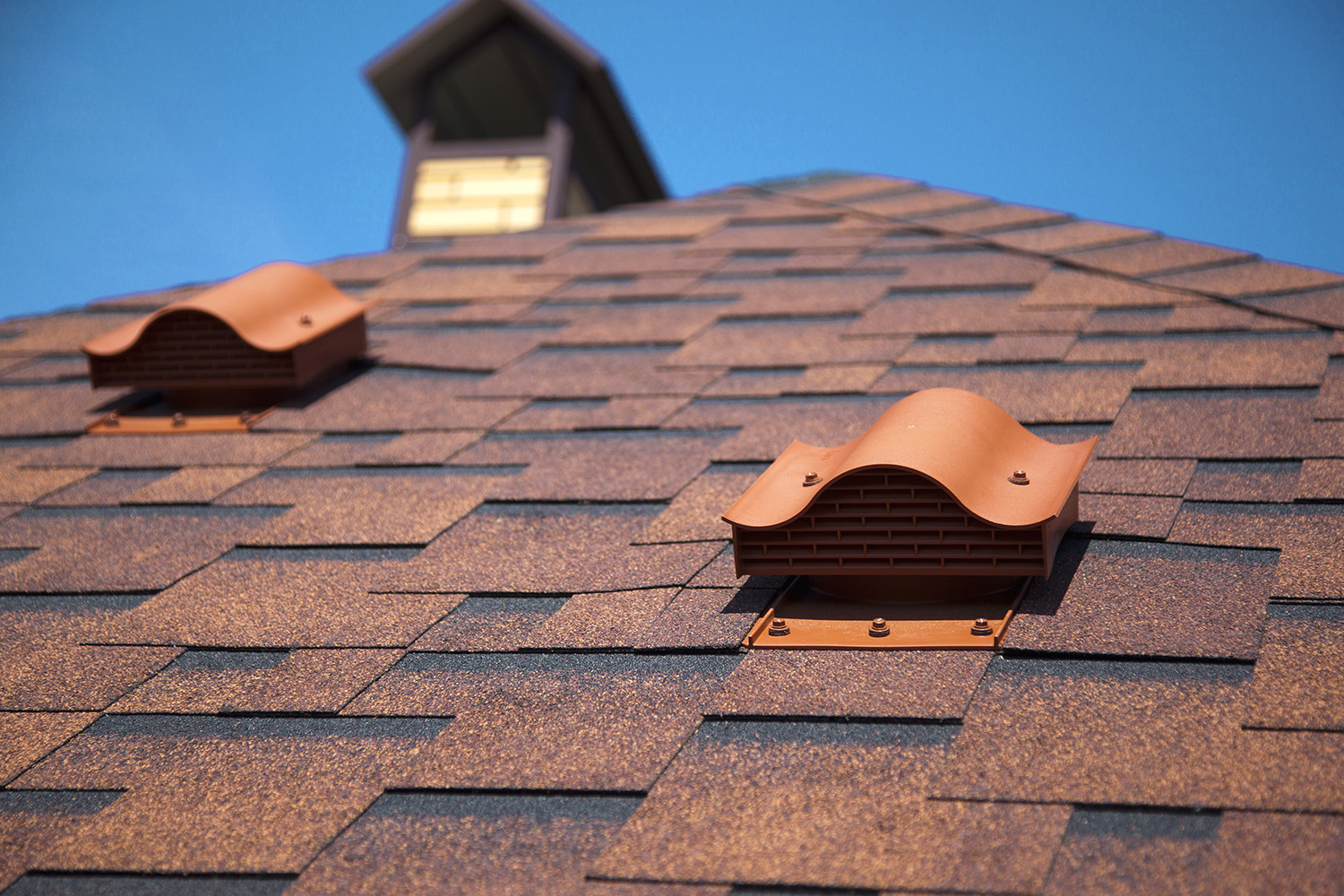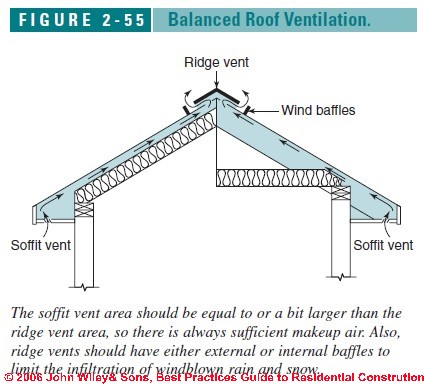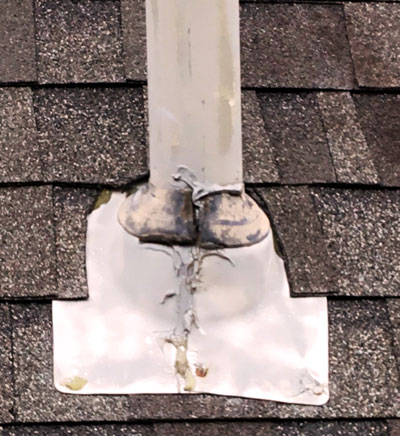They are great to help increase airflow through your attic and to help vent out moisture and hot air especially if your home only has small vents on the roof.
Roof ventilation air bricks.
The following product options will allow you to achieve an intake nfva of 528 square inches.
Choose one of the following products to meet the recommended exhaust nfva of 528 square inches.
It s a roof top installed shingle over intake vent designed based on roofing contractor feedback from our ask the expert seminars.
Air bricks are made of either cement plastic or metal and are similar in size and shape to a regular house brick.
Master flow egv5 gable mount attic ventilators are master flow egv5 gable mount attic ventilators are a great choice for exhaust ventilation.
They are primarily used to create an airflow underneath a suspended ground level timber floor that has a void underneath it.
They can quickly remove a larger volume of hot and or humid air from your attic compared to static ventilation which helps save money on your heating and cooling.
Have you considered adding vents instead as these are much easier to fit.
Air vent s intake vent.
It can be used to supplement existing soffit or undereave vents as well.
Allows cool dry air to enter the attic.
Simply core drill a hole in the wall and install the vent.
Find essential roofline and ventilation system tools at toolstation.
Installing air bricks is considered quite a fiddly and undesirable job hence the seemingly high quotes you ve received.
They have holes in them for ventilation.
Including air brick roof and soffit vents and breathable membrane.
However if the attic has more exhaust than intake it potentially can cause the extra exhaust to pull its missing intake from itself if it s a ridge vent or from another nearby exhaust vent from one wind turbine to another.
Cool air in hot air out attic ventilation works on the principle that heated air naturally rises primarily utilizing two types of vents.
The edge vent provides proper intake ventilation for homes with little or no overhang.
These vents allow air inside the attic to exit through the lowest location of the soffit and provide incredible ventilation and air movement when they are used in conjunction with ridge vents that run the entire length of the roof.
Intake vents located at the lowest part of the roof under.
They are typically easier to install and won t detract from the appearance of your roof.
